The smuggler in many ways is just another international businessman and his turnover would do credit to many international corporations. His business happens to be illegal and risky, but look at the stakes involved: $5 billion worth of heroin smuggled into the United States each year, and $1.5 billion in gold passing annually along smuggling pipelines to India and Indonesia, to France and Morocco, to Brazil and Turkey. Perhaps half of all the watches made in Switzerland reach their eventual wearers by some back door. Most of this illicit trade is carried on with all the efficiency of any multinational company. Entirely legitimate businesses, such as a travel bureau or an import-export agency, are also often fronts for smuggling organizations. One of the world’s largest gold smugglers also owned and operated the franchise for a leading make of British cars in a small Middle Eastern country. He made a good profit from both activities.
A smuggling syndicate operates much like any other business. The boss is really a chief executive. He makes all the plans, establishes international contacts, and thinks up the smuggling routes and method but remains aloof from actual operations. He is aided by a handful of managers looking after such specialties as financing, travel (one reason why many smuggling syndicates find it handy to have their own travel agency), the bribing of airline or customs officials, and recruitment of couriers, or mules as they are called. There may also be someone in charge of local arrangements in the countries to which the smuggled goods is going.
Another similarity between legitimate business and its illegal counterpart is price fluctuation. Just as the prices of products traded legally vary with quality and market conditions such as supply and demand, so do the prices of goods go up and down in the smuggling trade. Consider the price of drugs. Heroin and cannabis, in whatever form or by whatever name, cone in several grades, each with a going price. The wholesale price at which big dealers sell to big dealers is less than the street price. When the authorities are successful in reducing the supply buy seizures, the price of all grades rises.
1. The main idea for this passage is
[A]. The Comparison between Legitimate Business and Its Illegal Counterpart.
[B]. The similarities between Legitimate Business and Smuggling.
[C]. Smugglers May Make Great Profit from Both Activities.
[D]. The Boss in Smuggling Syndicate is a Chief Executive.
2. When is the price going down?
[A]. The quality of the foods and market condition are not very well.
[B]. The quality of goods and market condition vary.
[C]. Unbalance between supply and demand.
[D]. The price of other goods fluctuates.
3. It can be inferred that a smuggler
[A]. may make plan and establish international contacts.
[B]. is a real boss.
[C]. may make money in different ways .
[D]. may sell other goods.
4. One of the best ways smugglers usually take is
[A]. to set up multinational companies.
[B]. to engage in illegal businesses only.
[C]. to make legitimate businesses as fronts for smuggling organizations.
[D]. to make good profits from both activities.
Vocabulary
1. turnover 营业额
2. do credit to 增光于某人/某物
3. stake 下在投机生意上的股本,赌注
4. smuggling pipeline 走私线路
5. speciality 专业部门,公司
6. recruit 招募,添补(新兵)
难句译注
1. The smuggler in many ways is just another international businessman and his turnover would do credit to many international corporations.
[结构简析] 并列句
[参考译文] 走私者在许多方面就像一个国际商人,而他的营业额确为许多国际公司增光。
写作方法与文章大意
这是一篇介绍走私集团的文章,采用对比写法——正常(合法)的商业和走私(非法)集团的对比。第一段第一句就点明宗旨:走私者在许多方面就像一个国际商人,而他的营业额确为许多国际公司增光。不仅如此,有的也经营合法商业,如旅游,进出口公司等,这些往往是非法走私组织的前哨阵地。
第二段介绍了走私辛迪加的经营情况非常类似其他商业。老板就是真正的(执行)董事长。他制定计划,签定国际合同,确定走私路线和方法但不参与具体执行行动。有一批经理助他管理各个专业部门,如财政,旅行,贿赂海关或航空公司官员等,还有当地接应走私货品的负责人。
第三段叙述了合法和非法贸易另一个相似点——价格波动,价格随市场供需和商品质量而有所差异。
答案祥解
1. B. 合法商业和走私的相似性。是这篇文章的中心思想。它是通过对比方法说明这种相似性。并不是两者对比得出结论。所以
A. 合法商业和非法商业比较。不对。 C. 走私者可以从两种活动中谋取利润 和 D. 走私集团中的老板是董事长,只是对比中提到个别具体事实。不是中心思想。
2. A. 货物质量和市场情况不好。第三段第二句“正如合法商业按质论价和按市场供需价一样,走私商品也是按这两者调节价格的上升和下降。”所以当质量和市场情况不好价格就跌。
B. 货物质量和市场变化。这并不一定跌价,也可能上升。 C. 供需不平衡。并没有说明供大于求,和跌价无关。 D. 其它商品价波动。这不一定下跌。所以B,C,D都不对。
3. D. 可能会卖其他货品。题目是推断,(infer)。从第一段最后一句“世界上最大走私黄金商之买卖,可推断出走私商照样可以经营其他商品。至于
A. 制定计划,签定合同。 B. 走私商是真正的老板。 C. 以不同的方式赚钱,都是文章中直抒,不是推断出来的结论。
4. C. 以合法商业掩护他们走私是走私商经常采用,也是最佳的方法之一。
A. 多国公司。 B. 只从事非法商贸,这并不是最佳方法。 D. 从两方面赚钱,并不是方法,而是有了掩护所后,多一份收入而已。
编辑推荐:

温馨提示:因考试政策、内容不断变化与调整,长理培训网站提供的以上信息仅供参考,如有异议,请考生以权威部门公布的内容为准! (责任编辑:长理培训)








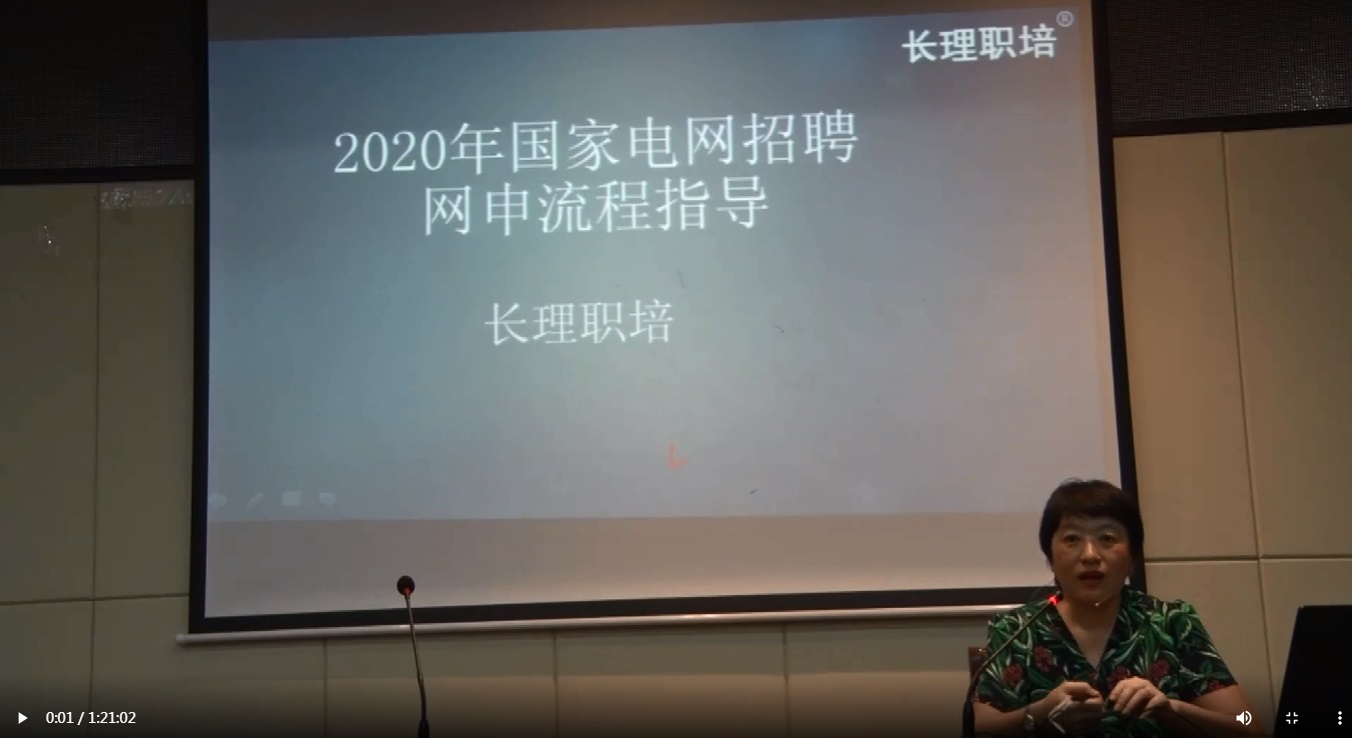


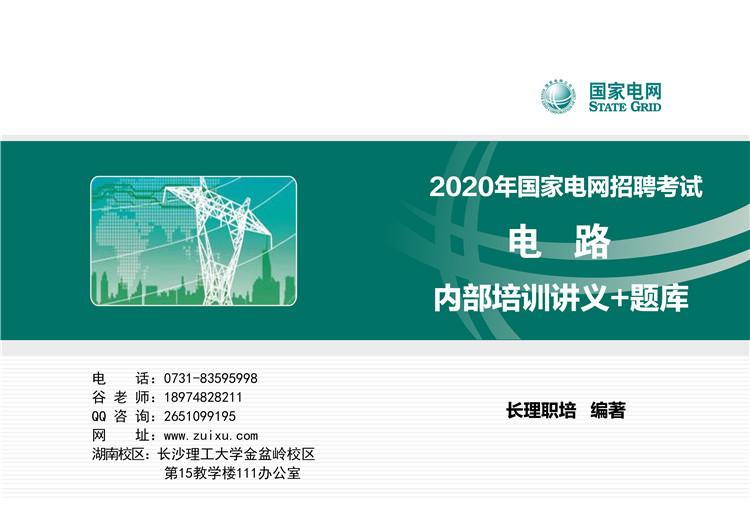

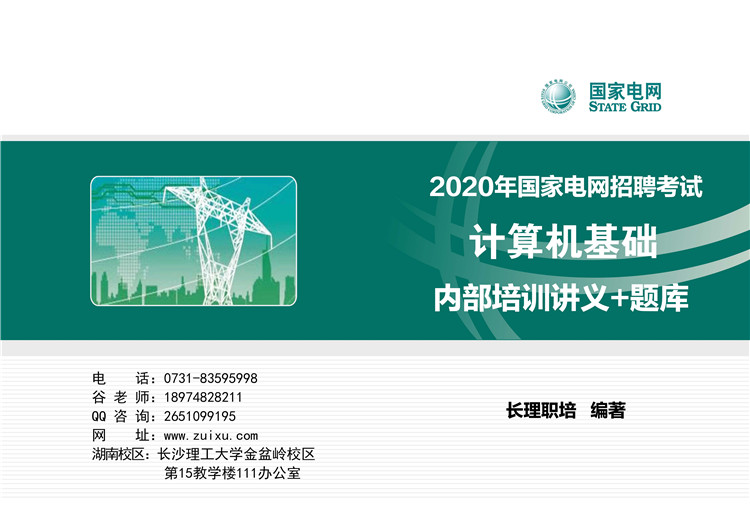


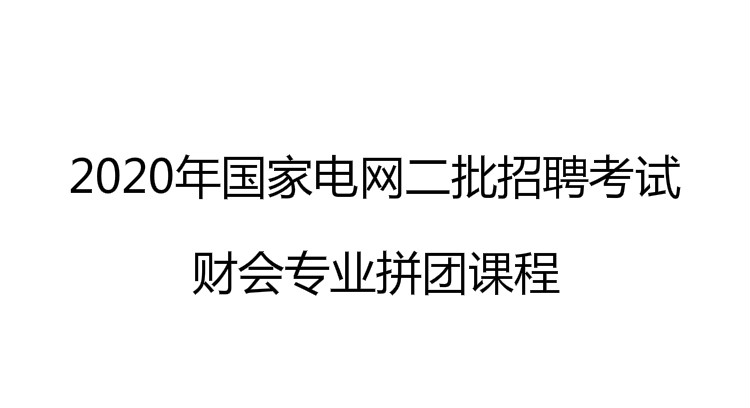
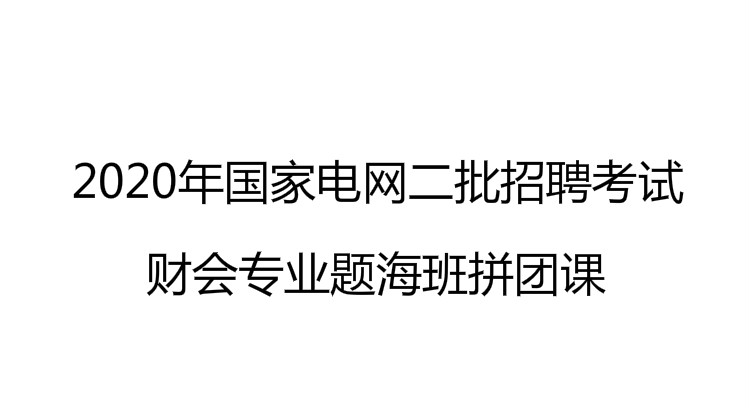
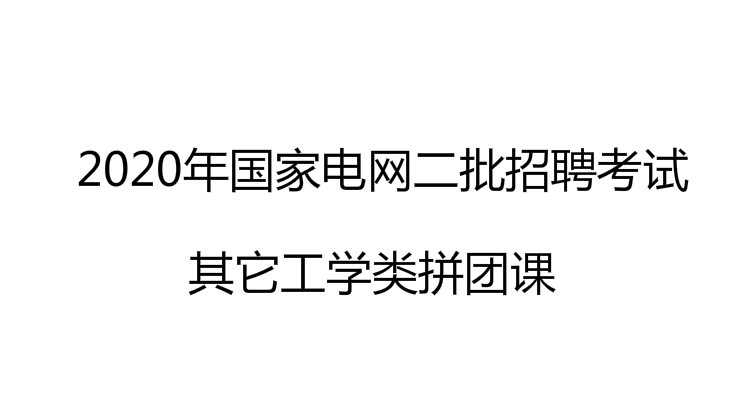



点击加载更多评论>>